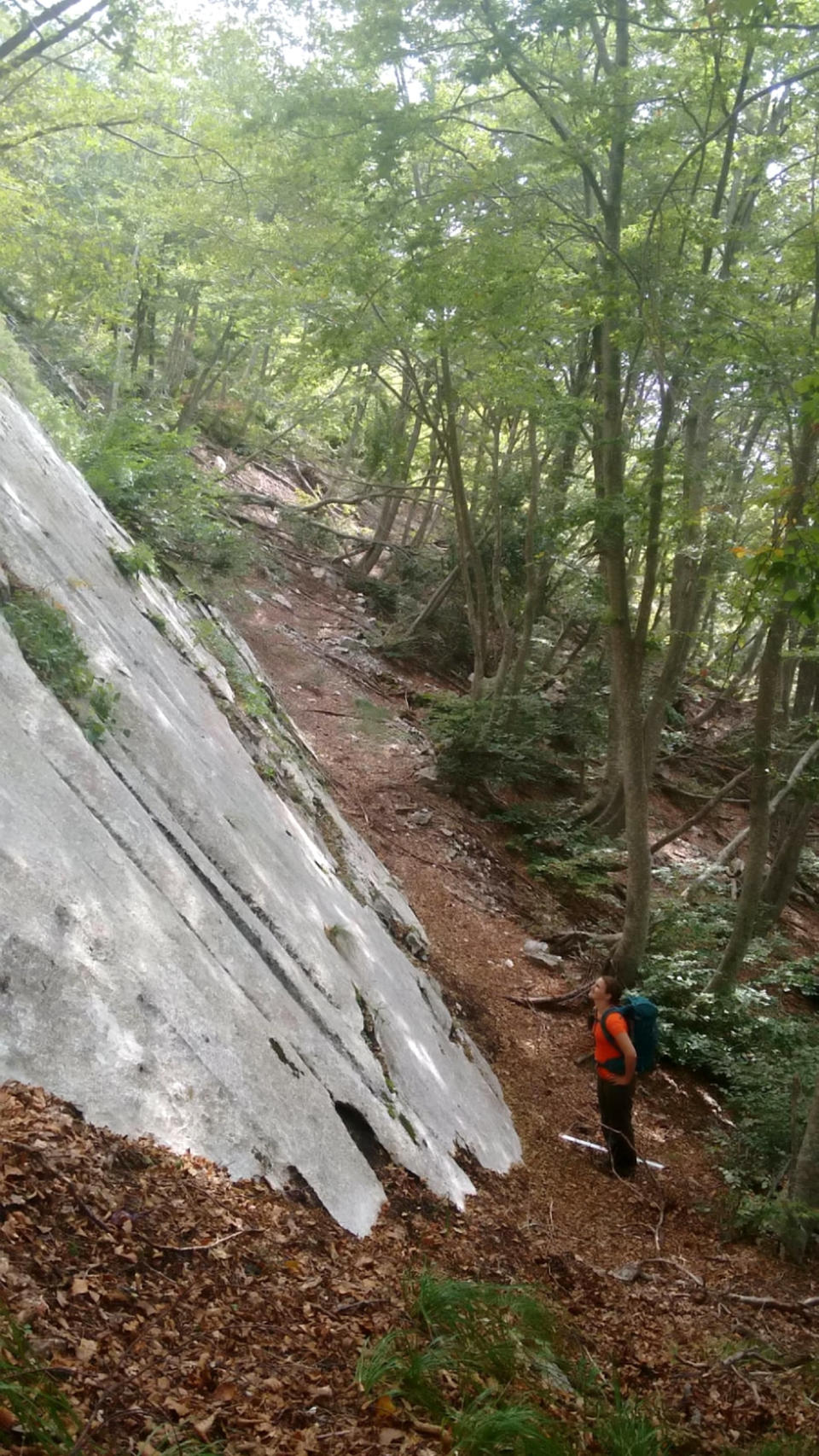New way of measuring earthquake patterns could reveal 'Holy Grail' of when and where they will strike

A new way of measuring earthquakes could reveal where and when they will strike, scientists have suggested.
Researchers said their work looking at fault lines could help unlock the ‘holy grail’ of predicting earthquakes.
They combined evidence from areas including Italy’s central Apennines region, an area hit by centuries’ of quakes, with state-of-the-art modelling to analyse patterns of earthquakes - finding that 97% of the earthquakes between 1703 and 2016 occurred on faults ‘stressed’ by previous tremors.
Lead researcher Dr Zoë Mildon, lecturer in Earth Sciences at the University of Plymouth, said: “Earthquakes are caused by rock sliding past each other along fault lines which causes the forces and stress in the surrounding rocks to change after a big earthquake.
“It is often assumed that the nearest fault to a particular earthquake will be the next to rupture. However, our study shows this is never the case.”
READ MORE
Two men left injured after homophobic knife attack in Liverpool
Dr Mildon and colleagues from UCL, Birkbeck, University of London and Tohoku University in Japan, looked at records of 700 years of earthquakes in the Apennines region, including quakes in the town of Amatrice and Norcia in 2016, which left almost 300 people dead.
Their study, published in Nature Communications and said to demonstrate a ‘step change’ in looking at why earthquakes are triggered, suggests that the majority strike fault lines which are under stress built up from centuries of past tremors.

Dr Mildon said: "Earthquakes are hugely destructive to both people and property, and the Holy Grail of earthquake science would be to predict where they are going to happen and when.
"We are a very long way from that, and indeed it may never be possible to accurately predict the location, time and size of future earthquakes.
“Our research, however, could be a starting point in helping us develop better forecasts of which fault lines might be more susceptible based on previous tremors."

